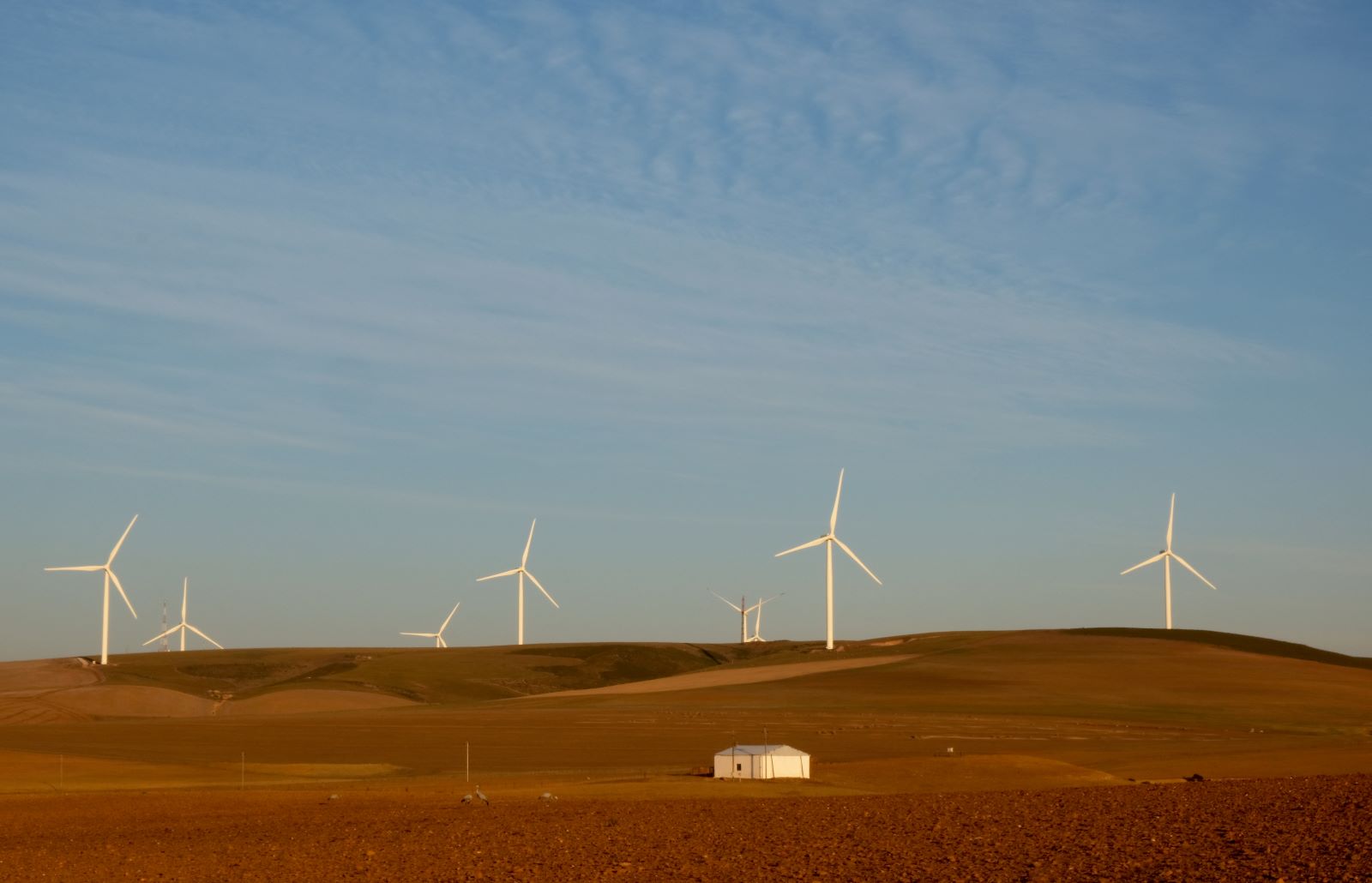The green economy in 2023: What we can expect in the year ahead

Year ahead: What can we expect from Egypt’s green industries in 2023? 2022 proved to be a landmark year for our green ambitions, with the COP27 climate summit providing the backdrop for a flurry of new MoUs and investment pledges for renewables and sustainability projects. For the year ahead, we can expect companies to put pen to paper for some of these commitments as well as see progress negotiating the landmark loss and damage fund.
Green hydrogen: From framework agreement to final agreement. We can expect companies to ink final agreements for some of the nine green hydrogen and ammonia facilities signed at COP in 2Q 2023. A number of global energy companies — including Globeleq, EDF Renewables, AMEA Power, and Fortescue Future Industries — signed framework agreements that could see up to USD 83 bn channeled into new green hydrogen and ammonia plants, and are now conducting feasibility studies ahead of deciding on final investment plans. Meanwhile, the 100-MW Scatec-Fertiglobe-Orascom Construction plant entered the commissioning phase in November ahead of starting operations in 2024.
More renewables: Egypt is set to add some 4.1 GW of renewable capacity over the next five years and is targeting raising renewable contributions to the country’s energy mix to 20% by 2023, after missing targets for 2022. Most of the growth will be coming from wind and solar capacity increases which we can expect to continue inching forward despite the slowing pace of new renewables growth in the country.
And fewer fossil fuels: The government is expected to begin decommissioning 5 GW of gas-fired power plants this year as part of the USD 15 bn NWFE program that will receive funding from the US government, the European Bank for Reconstruction and Development and a number of European countries.
Solar and wind projects are on track to grow: We’re keeping our eyes peeled for the final agreement on Saudi renewable energy developer ACWA Power’s plans to build a 10-GW wind farm, which will be one of the largest in the world when fully operational. The energy developer signed an MoU with the New and Renewable Energy Authority and the Egyptian Electricity Transmission Company in November and will conduct feasibility studies before making a final investment decision.
Other prospects in the pipeline for 2023 include bids by a Chinese and Japanese company for some USD 4 bn in renewable energy that are expected to become more clear after talks with Egyptian contractors and electricity firms move forward in 1H 2023. Solar energy integrator Solarsol plans to establish an EUR 5 mn industrial facility at the Suez Canal Zone that will manufacture solar-powered products starting 1Q 2023.
MPs recently passed legislation that could stimulate the local EV sector: The House of Representatives in October passed a bill that will set up a committee that will set policy for the automotive industry which includes EV assembly, as well as a fund that will provide incentives to businesses that assemble more environmentally-friendly vehicles.
Could 2023 be the year that local EV production lines are finally fired up? Al Mansour Auto and GM are also looking at partnering to locally assemble up to 15k EVs in Egypt over the next three years. El Nasr Automotive has ambitions to begin assembling EVs this year but is yet to find a foreign partner to help produce them. This comes alongside the government’s plan to invest at least EGP 450 mn to roll out the infrastructure required to make EVs viable on the nation’s roads. The plan is expected to set up 6k electric vehicle charging points across 3k stations nationwide upon completion, 440 of which have already been built.
Globally, we could see progress on loss and damage: A transitional committee tasked with negotiating the details of the loss and damage fund — set up by the landmark agreement reached at COP27 — is expected to meet for the first time before the end of 1Q 2023. The 24-member committee — 14 of whom represent developing countries and 10 developed nations — will decide on the key aspects of the fund, such as how it will function, who will pay into it, and who it will pay out to. It will meet at least three times a year, and be convened by COP27 President Sameh Shoukry and the UNFCCC executive secretary.